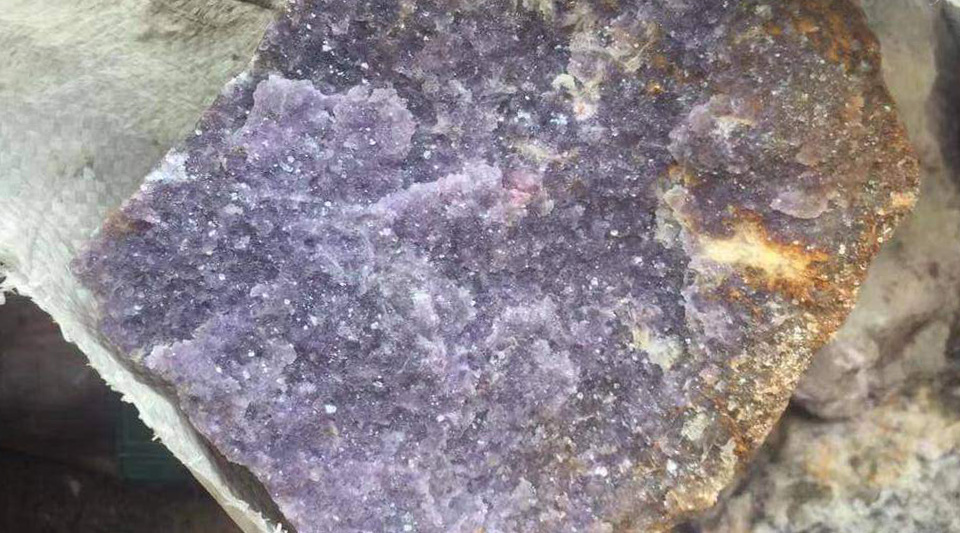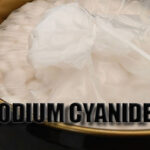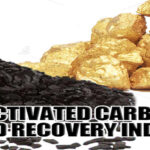
One of the most critical factors for successful spodumene flotation is the effective activation of the mineral surface. This activation process typically involves desliming, ore washing, and strong alkali conditioning.
During the natural weathering of lithium pyroxene, the mineral surface can become contaminated with metal ions such as iron, aluminum, and manganese. These ions promote the formation of fine clay-like particles, which adhere to the spodumene surface and interfere with flotation. If not removed or neutralized, these impurities prevent the collector from effectively attaching to the mineral particles.
To address this, a common practice is to concentrate the pulp, add sodium hydroxide, and stir vigorously for several hours. This strong alkali treatment helps clean the mineral surface and improves collector attachment.
During flotation, alkaline conditions are maintained, and fatty acid collectors (e.g., oleic acid) are typically used to float spodumene. In some cases, amine-based collectors may also be effective. However, the choice and dosage of collectors must be determined through laboratory-scale mineral processing tests, as optimal performance depends on the ore’s specific characteristics.




